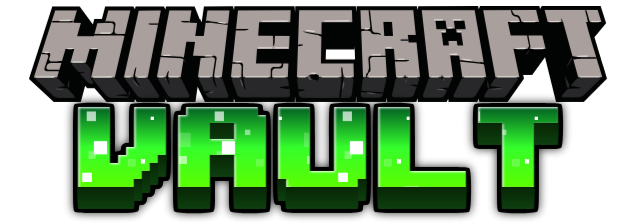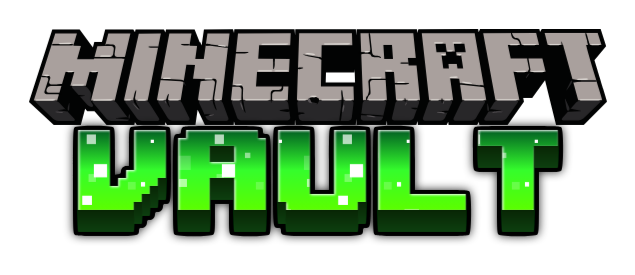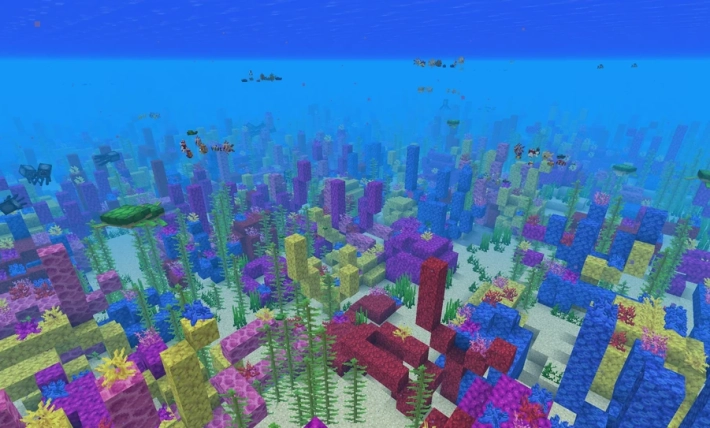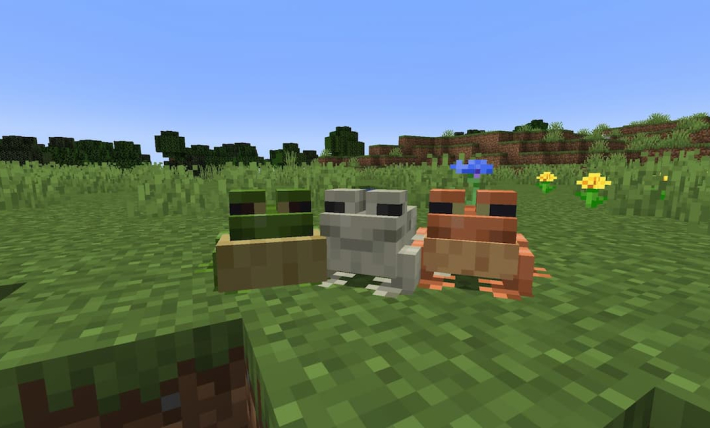With the release of the 1.20 Trails and Tales Update came the world of archaeology in Minecraft. The archaeology update allows players to craft the new brush tool in order to gather treasure from suspicious sand and gravel blocks. It also brings new structures to the game in the form of ruins. This guide focuses on the Trail Ruins, but there are also Warm Ocean and Cold Ocean Ruins available to explore.
Table of Contents
What are Trail Ruins?
Trail Ruins are buried remnants of an ancient civilization long passed. They typically spawn near either an aquifer, an ocean, or a river, and vary greatly in shape and size. They are buried either underground or underwater with only a few blocks on the surface to reveal their position, including gravel, suspicious gravel, terracotta, and colored terracotta.
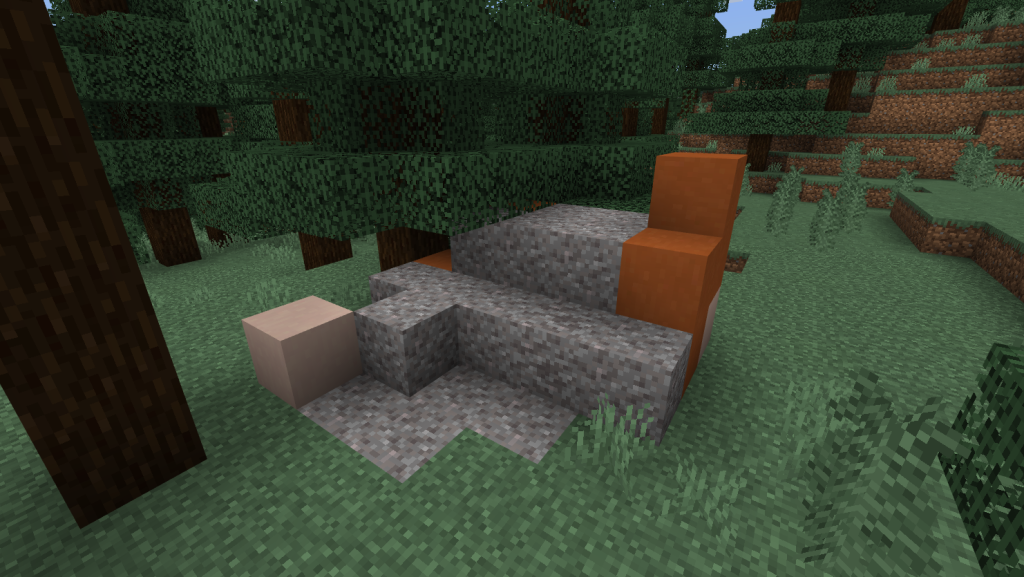
Some penetrate only a few blocks into the ground, like a single home standing alone. The larger ruins are made of a central tower that leads further down into the earth, revealing a road made of stone blocks and cobblestone that connects the central tower to smaller rooms.
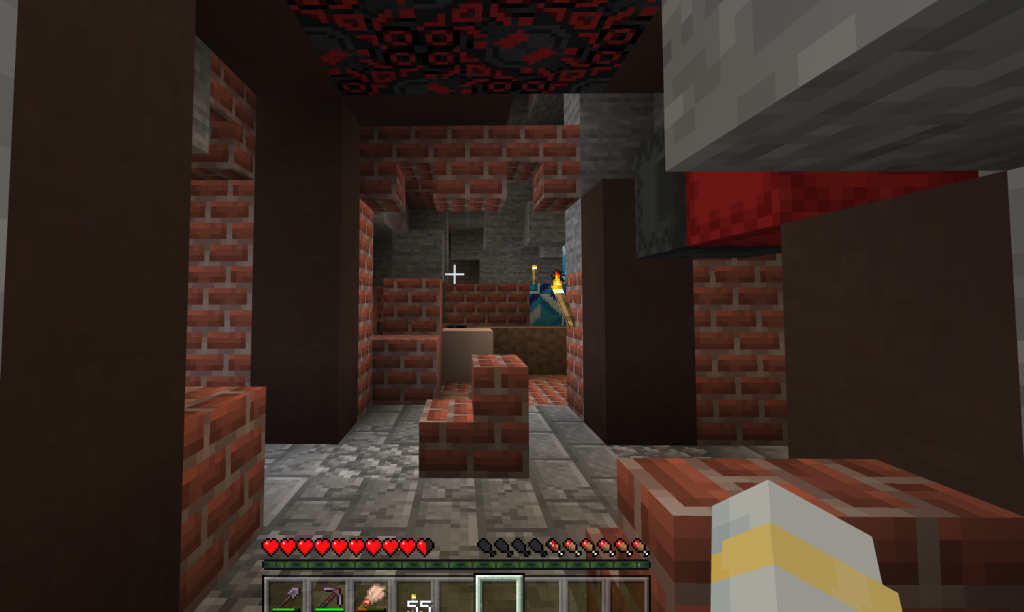
These larger ruins will use mud bricks and regular and glazed terracotta as decor; their rooms will also occasionally contain utility blocks like looms and cartography tables. The other blocks that can be found include dirt, coarse dirt, stone bricks, and regular bricks.
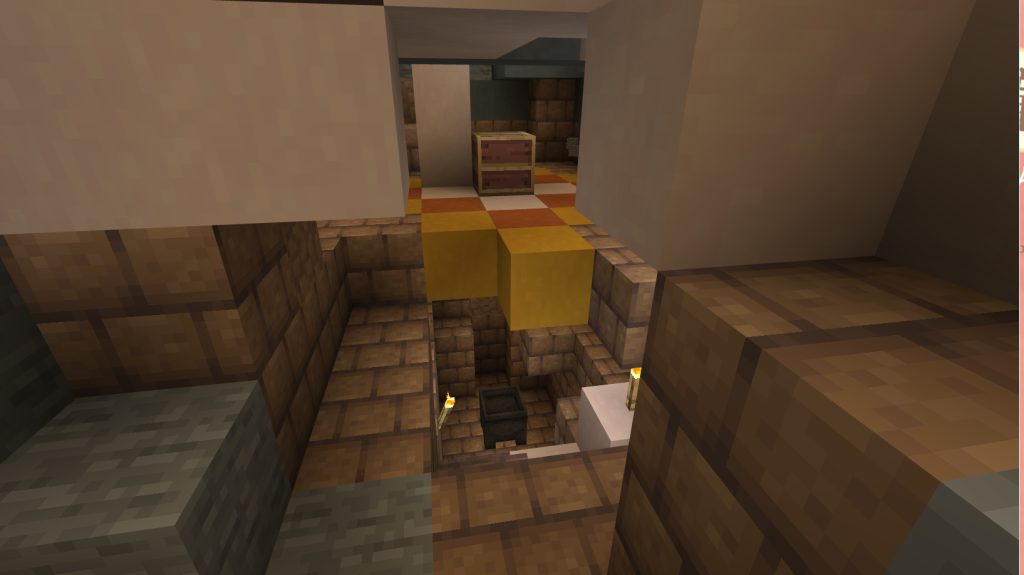
Biomes Containing Trail Ruins
Trails Ruins can be found in six biomes in total, including three “Old Growth” biomes.
- Old Growth Birch Forest biomes
- Old Growth Pine Taiga biomes
- Old Growth Spruce Taiga biomes
- Taiga biomes
- Snowy Taiga biomes
- Jungle biomes
For a forest to be considered an “Old Growth” biome, the trees must be much taller than they are in regular variations of that biome. In the case of the Old Growth Birch Forest, the birch trees are mostly regular-sized but cover a large hilly area. The Old Growth Pine and Spruce Taigas are nearly identical and contain a mixture of large and regular-sized spruce trees: The only difference between them is that the trees in the Spruce Taiga have many more leaves than the trees in the Pine Taiga.
Finding Trail Ruins
1. Elytra
An easy way to try to find these structures is by flying with an elytra and rockets. They allow you to cover hundreds of blocks to find the right biomes and give you a wide view of the area. They also allow you to cover oceans and large lakes quickly. However, they do have one drawback – it can be difficult to actually see the part of the structure that peeks above ground while flying.
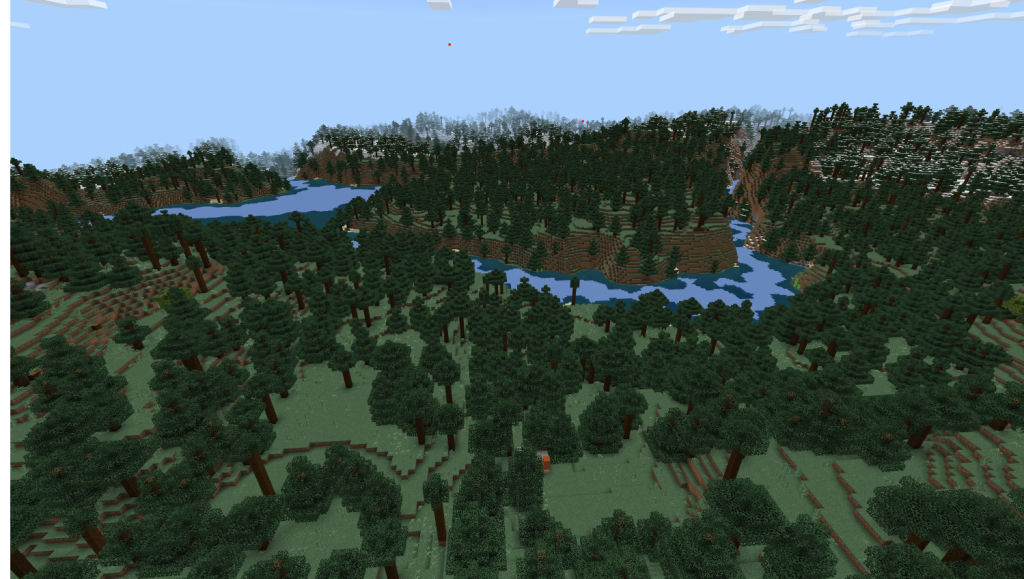
There is one Trail Ruins structure visible in the above photo, but is much more difficult to spot while flying fast. Traveling by Elytra is best for finding the biomes Trail Ruins spawn in.
2. Traveling by Land
Traveling by land makes it much easier to spot ruins as they come. Using a horse makes this an even quicker job, but only if you do not have to cross water.
3. Using Commands
If you’d rather get straight to digging up ruins, there are two ways to speed up the process.
The first is to use the “locate” command in-game.
In order to do so, you must enable cheats in your world settings. Keep in mind that this will prevent you from getting any achievements in your world. After enabling this, enter the game and type “/”. Type in “locate”, then “structure” and lastly “trail_ruins”. Press enter. In Bedrock, the coordinates for the nearest Trail Ruins will pop up in the top left corner of your screen. In Java, they will appear on the bottom left.
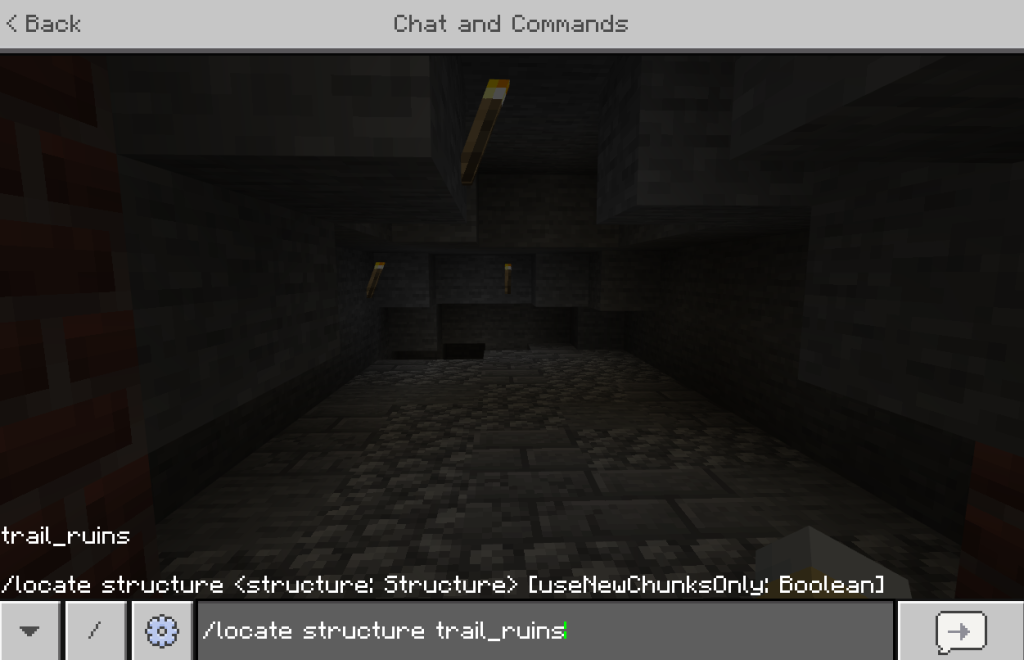
Java
4. Online Websites
There are “seed map” websites available that allow you to input your world seed and get structure and biome locations for your world. Chunkbase and MCSeeder are two examples of such websites.
You can find your seed using the /seed command in Java, or by checking through your world settings in either edition of Minecraft.
Digging Up Trail Ruins
Suspicious Gravel and Sand
Of the blocks found in Trail Ruins, suspicious gravel is the most precious. It looks like regular gravel but with a more “rugged” surface.
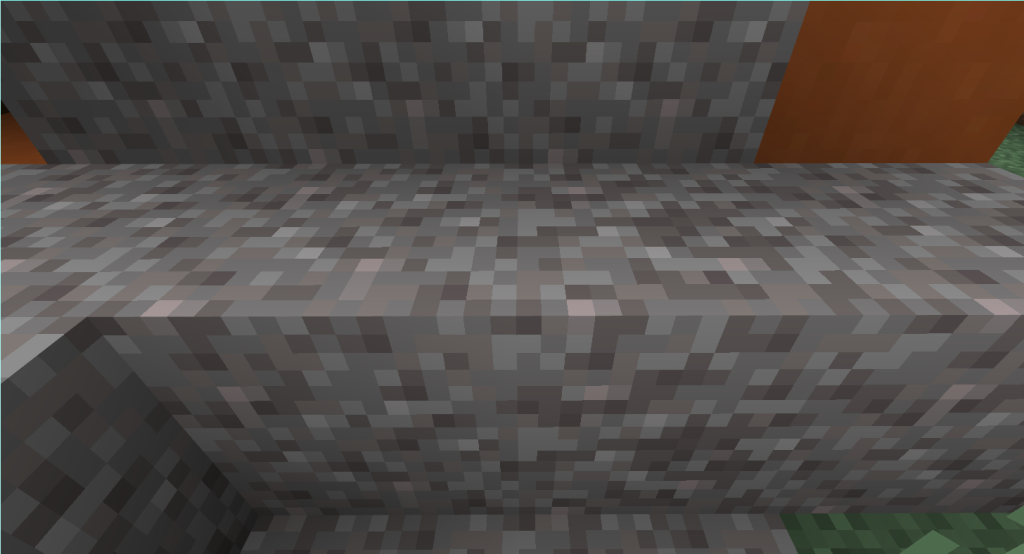
After using the brush on suspicious gravel, it will drop the treasure hidden within it and turn into regular gravel that can be mined normally. Mining suspicious gravel by hand or with a tool other than the brush will cause it to break without dropping anything. Mining the block beneath the suspicious gravel will cause it to fall and break, dropping nothing. Tread cautiously, and always mine from the top down to avoid losing any treasure!
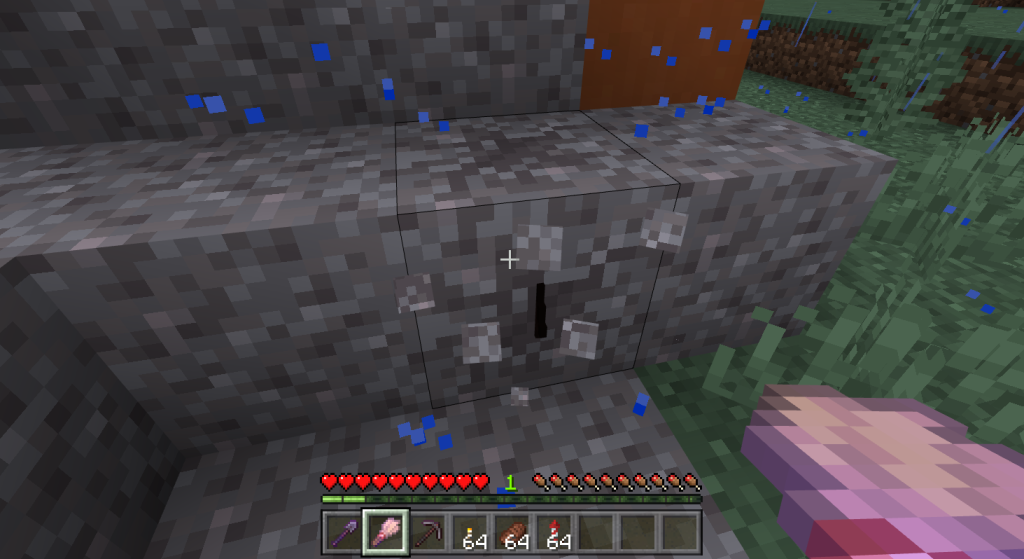
Brush
Crafting a brush requires one copper ingot, one feather, and one stick. In the crafting table’s 3×3 grid, the feather goes in the top left box, the copper ingot goes in the box beneath it, and the stick is placed in the bottom left box.
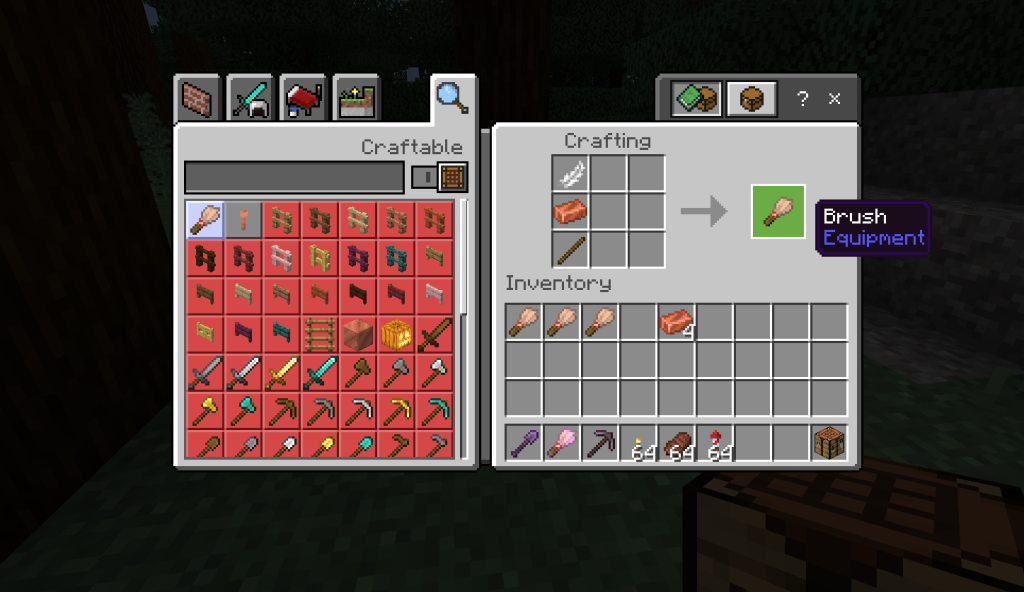
The brush is the only tool able to get the loot hidden in suspicious sand and suspicious gravel. You cannot properly explore any ruins without it.
Shovels / Pickaxes
The shovel is the second most important tool for exploring ruins, following the brush in first. There will be a lot of dirt and gravel to excavate, so make sure you have enough shovels if exploring larger ruins! They can take up as many as four or five unenchanted stone shovels, if not more. The general rule of thumb I follow is to dig up all dirt and gravel until I hit solid stone blocks. This ensures that no treasure is left behind, but also means that your tools will take a beating.
Shulker Boxes
While not a necessity for unearthing Ruins of any type, shulker boxes make the job a lot easier. Many ruins are large and full of treasures and blocks that would fill your pockets ten times over. By bringing a set of shulker boxes with you, it is much easier to transport your goods from the dig site to your home base.
Trail Ruins Treasures
Armor Trim Smithing Templates
| Item Name | Item Image | Bedrock % | Java % |
| Host Armor Trim Template |  | 8.3% | 8.3% |
| Raiser Armor Trim Template |  | 8.3% | 8.3% |
| Shaper Armor Trim Template |  | 8.3% | 8.3% |
| Wayfinder Armor Trim Template |  | 8.3% | 8.3% |
Using a smithing table, armor trim templates can be combined with armor and crystals or ingots to create beautifully decorated armor!
Pottery Sherds
| Item Name | Item Image | Bedrock % | Java % |
| Burn Pottery Sherd | 8.3% | 8.3% | |
| Danger Pottery Sherd | 8.3% | 8.3% | |
| Friend Pottery Sherd | 8.3% | 8.3% | |
| Heart Pottery Sherd | 8.3% | 8.3% | |
| Heartbreak Pottery Sherd | 8.3% | 8.3% | |
| Howl Pottery Sherd | 8.3% | 8.3% | |
| Sheaf Pottery Sherd | 8.3% | 8.3% |
The Decorated Pot item can be crafted using pottery sherds! Using four pottery sherds will create a pot with a picture on each side; using a brick in place of a pottery sherd will make one of the pot’s sides blank.
Music Disc
| Item Name | Item Image | Bedrock % | Java % |
| Relic Music Disc | 8.3% | 8.3 |
Common Drops
| Item Name | Item Image | Bedrock % | Java % |
| Beetroot Seeds | 2.2% | 2.2% | |
| Blue Dye | 4.3% | 4.4% | |
| Blue Stained Glass Pane | 2.2% | 2.2% | |
| Brick | 8.7% | 4.4% | |
| Brown Candle | 4.3% | 4.4% | |
| Clay Ball | 4.3% | x | |
| Coal | x | 2.2% | |
| Dead Bush | 2.2% | 2.2% | |
| Emerald | 4.3% | 4.4% | |
| Flower Pot | 2.2% | 2.2% | |
| Gold Nugget | 2.2% | 2.2% | |
| Green Candle | 4.3% | 4.4% | |
| Lead | 2.2% | 2.2% | |
| Light Blue Dye | 4.3% | 4.4% | |
| Light Blue Stained Glass Pane | 2.2% | 2.2% | |
| Magenta Stained Glass Pane | 2.2% | 2.2% | |
| Oak Hanging Sign | 2.2% | 2.2% | |
| Orange Dye | 4.3% | 4.4% | |
| Pink Stained Glass Pane | 2.2% | 2.2% | |
| Purple Candle | 4.3% | 4.4% | |
| Purple Stained Glass Pane | 2.2% | 2.2% | |
| Red Candle | 4.3% | 4.4% | |
| Red Stained Glass Pane | 2.2% | 2.2% | |
| Spruce Hanging Sign | 2.2% | 2.2% | |
| String | 2.2% | 2.2% | |
| Wheat | 4.3% | 4.4% | |
| Wheat Seeds | 2.2% | 2.2% | |
| White Dye | 4.3% | 4.4% | |
| Wooden Hoe | 4.3% | 4.4% | |
| Yellow Dye | 4.3% | 4.4% | |
| Yellow Stained Glass Pane | 2.2% | 2.2% |
